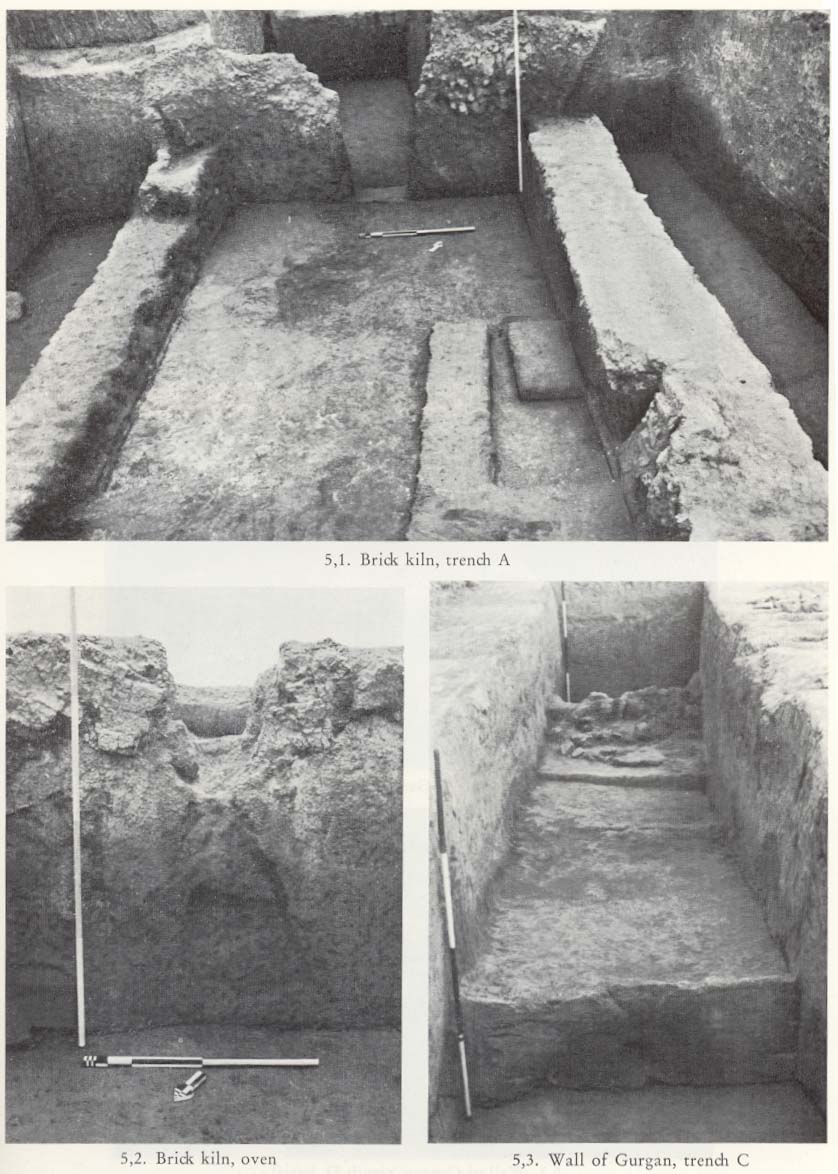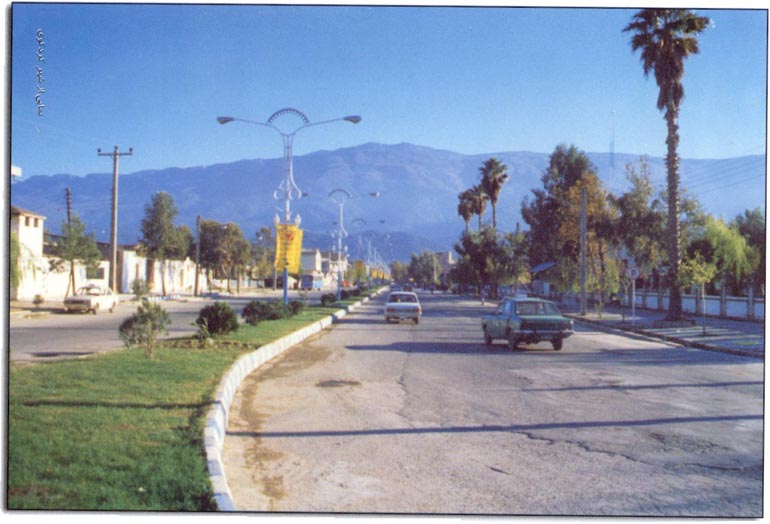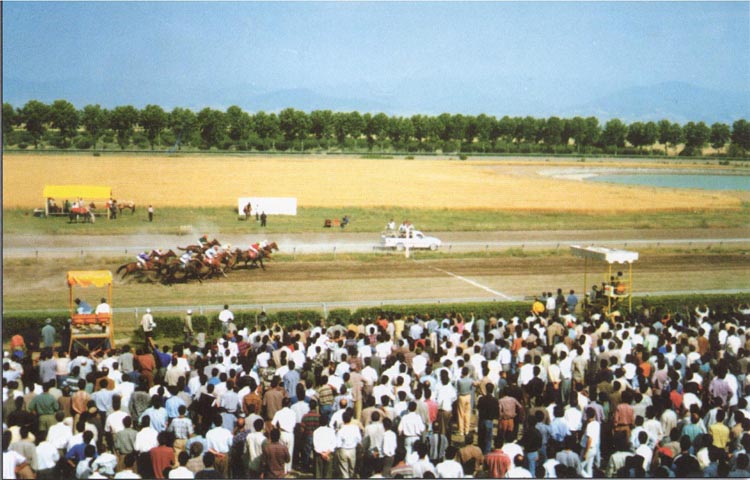|
Sheikh Baha'i House in Isphahan Continued............. Originally the house belonged to the aunt, Sejnab Soltan Beygom, of Shah Abbas (the first king of the Safawiden dynasty 1502-1722). After her death in 1017 (ghamari) the Shah Abbas gave Sheik Baha’i the house as a present, under the condition that the religious Sheik prayed five times a day for the soul of his aunt. The Sheikh lived here to his death in 1620 and the ownership went to the heirs. In 1994
the Djalali family bought the house which was mostly ruinous. With the
help of old craftsman masters like Usta Reza-Aazami (Mogharnass-works),
Usta Rasam 1999 UNESCO nominated the house for the category „most beautiful house in Asia“. 2005 the Djalali family was honored by the “Sasman-é Miras-é Farhangi” (cultural heritage administration) for their efforts. The professional restoration of the Sheik Baha’i House became a showcase for other restorations of historical buildings in Isfahan and the whole Iran. With love, patience and idealism the Djalali family managed to maintain this historical heritage. Archaeological
results proof that the house’s basis originates from the era of
the Seljukian. Parts of the house, the “Talar” (Schahneschin),
were built in the first part During the restoration furthermore a subsurface corridor was detected, which directly leads to the Sheik’s bath house(Hamam-é Scheich Baha’i). The heirs still can remember how they went to the bath through these corridors. In one cellar part one also found laboratory documents of the Sheik and one assumes that he held his scientifical experiments with methane gas, which he also used to heat the bath, there. ------------------ The
town, in existence since Achaemenian (559-330 BC) times, long suffered
from inroads of the Turkmen tribes who occupied the plain north of the
Siâh âb River and was subjected to incessant Qâjâr-Turkmen
tribal conflicts in northen Iran. The surrounding area, the ancient Hyrcania, was captured by the Arabs(716 A.D.) and conquered by the Mongols(13th cent.). Aqâ Mohamad Xân(1742-97), the founder of the Qâjâr dynasty, was born there, and the town flourished (c.1800) with the rise of the dynasty.
History
of Gorgan an ancient city continued.........
Kordkooy, near Gorgan
Horse Racing,Gonbade Kâvus, near Gorgan
|


